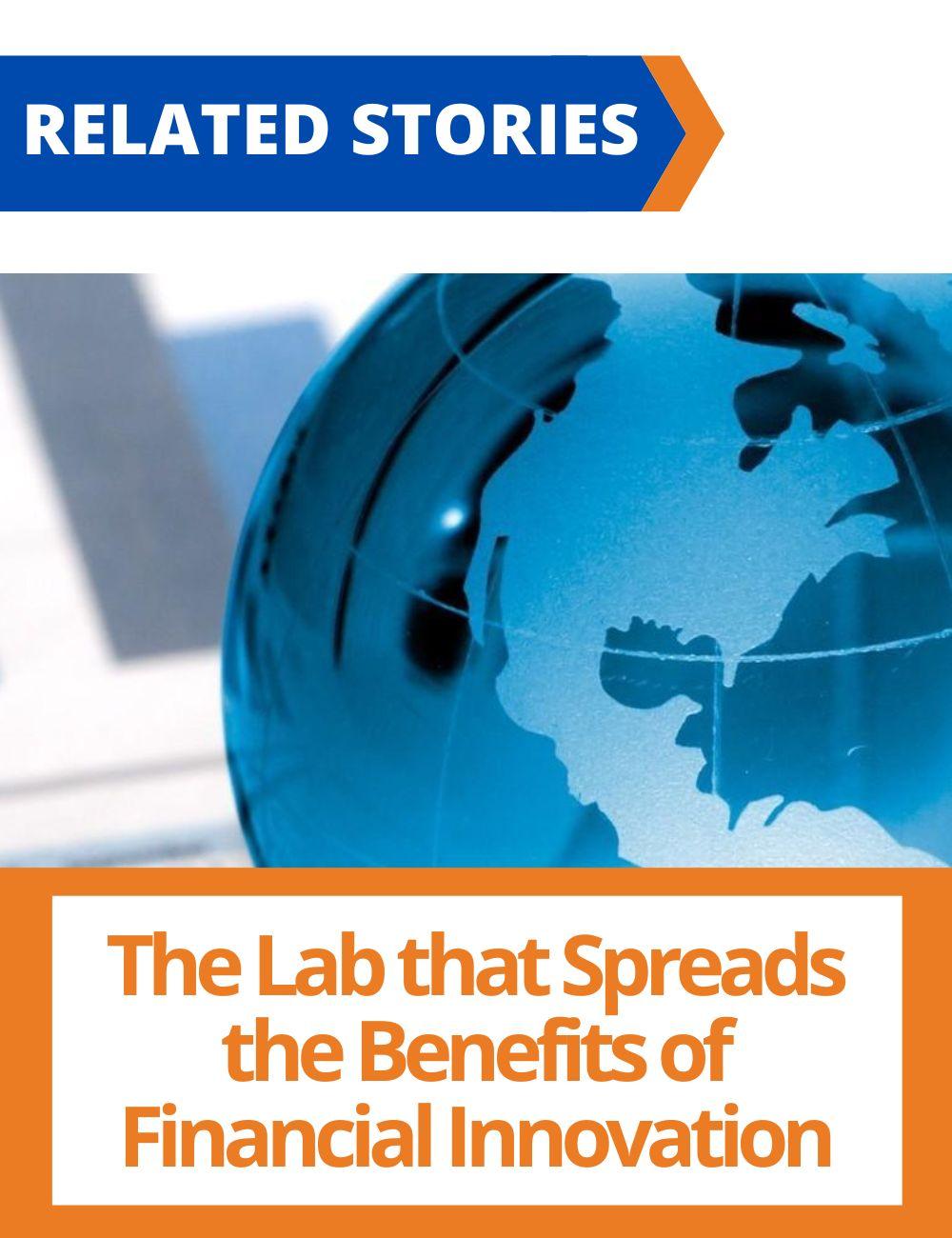
When Financial Distress Spreads Like a Virus
Financial distress can spread through the business network that links different firms at a speed that is dependent on the intensity of interfirm interactions. Empirical results show that, starting from the 80's, the economy has lived in a critical state just above a tipping point, making distress contagion more likely and driving strong effects on risk premia.
A paper by Claudio Tebaldi (Associate Professor of Finance at Bocconi) and Andrea Buraschi (Chair in Finance at Imperial College Business School) analyzes the impact of the distress shocks propagating through the productive network on prices and risk premia.
The authors classify the role of each firm within the network in terms of:
| • vulnerability, a measure of how much a firm is affected by distress in the network; |
|
| • systemicness, a measure of how much their distress affects other firms. |
Remarkably, two different classes of equilibria arise:
| • When inter-firm interaction is weak, the economy is subcritical and a financial shock affecting a firm, or a small subset of firms, "dies out" and does not propagate. |
|
| • A supercritical equilibrium emerges above a critical level of interaction, the tipping point: in this case distress shocks cluster and give rise to a cascade - an "outbreak" in the language of epidemic analysis. In these equilibria, domino effects take over and small shocks may give rise to systemic crises. |
A crucial difference between subcritical and supercritical equilibria emerges when analyzing equilibrium valuation implications of cascades. In a subcritical equilibrium, firm-specific shocks are not priced in because they can be diversified away by investors. However, in a supercritical equilibrium, seemingly idiosyncratic shocks degenerate into cascades having long-term systemic effects that are non-diversifiable. Then investors demand a premium to be compensated for the exposure to the distress outbreak.
The empirical test supports the theoretical analysis and confirms that this additional systemic risk premium component, absent in conventional models, rationalizes a number of interesting stylized facts. Among them, the new model predicts the puzzling "deep value" effect, which is observed when the difference in valuation between "value" stocks (stocks with high dividend-to-price ratios) and "growth" stocks (stocks with low dividend-to-price ratios) broadens and signals a "buy the deep" trading opportunity.
The analysis shows that the degree of interconnectedness and the network properties vary over time. In particular, in 1984, a structural break in the long-term expected level of distress is detected. It signals a transition to a supercritical equilibrium state that followed an important change in the US bankruptcy law. From this transition onwards, the data indicate that the economy sits slightly above the tipping point, in a supercritical equilibrium.
"Quite curiously," says Tebaldi, "our empirical results are consistent with the so called self-organized criticality hypothesis, which was originally proposed in macroeconomics by Scheinkmann and Woodford in 1994, borrowing an insight from physics. They observed that the statistical properties of observed macroeconomic fluctuations are consistent with the equilibrium being close to a so-called critical state, a tipping point, in the language of our paper. A crucial question is whether this behavior has a structural origin. We are currently working on a model that endogenizes spontaneous emergence of critical behavior. It would be very useful to shape macroprudential policy, to anticipate and possibly reduce systemic risks arising in the financial sector."



Andrea Buraschi, Claudio Tebaldi, "Financial Contagion in Network Economies and Asset Prices." Management Science, published online ahead of print, DOI: https://doi.org/10.1287/mnsc.2023.4687.
Like a Virus: How Crises Spread
